“Donkey Skin” is an old tale which appealed to Charles Perrault. Perrault included his own version (called “Peau-d’ Ane, Conte”) in Old-time Stories told by Master Charles Perrault (1921), ensuring the tale’s enduring popularity, and cementing Perrault’s particular spin on it in popular imagination. There are many similar takes on this story, known collectively as Aarne-Thompson type 510B.
This category includes three main strains. One is the “Donkey Skin” strain (a.k.a. “Catskin”, “Cap o’ Rushes”). These stories all include beautiful dresses, parties, and a ‘recognition token’. (In “Cinderella” the ‘recognition token’ is the slipper—how true lovers recognise each other.) Oh yes, and incest. Creepy.
In another strain (from Italy, Sudan, India, New Guinea, and Japan) the girl wears a human skin. Creepy. She is discovered while bathing. Again, creepy. Cf. Silence of the Lambs.
In the third strain, the girl hides inside an item of furniture. Less creepy.
Perrault’s is a blend of the first two strains. There are dresses but no party. The girl is discovered bathing.
If you’d like to hear “Donkey Skin” read aloud, I recommend the retellings by Parcast’s Tales podcast series. (They have now moved over to Spotify.) These are ancient tales retold using contemporary English, complete with music and Foley effects. Some of these old tales are pretty hard to read, but the Tales podcast presents them in an easily digestible way. “Donkey Skin” was published Feb 2020.
SYMBOLISM OF DONKEY SKIN TALES
In fairytales, when a female character on the cusp of adulthood wears a coat like this — shaggy, dishevelled — it is part of a larger symbol web (commonly also involving wells, towers, dragons, werewolves and flowers) in which she is about to shed blood. In this case, the blood of deflowering. While the girl wears this coat, she is under the spell of enchantment. This state can be broken by doing various things; one of them is getting married to a man.
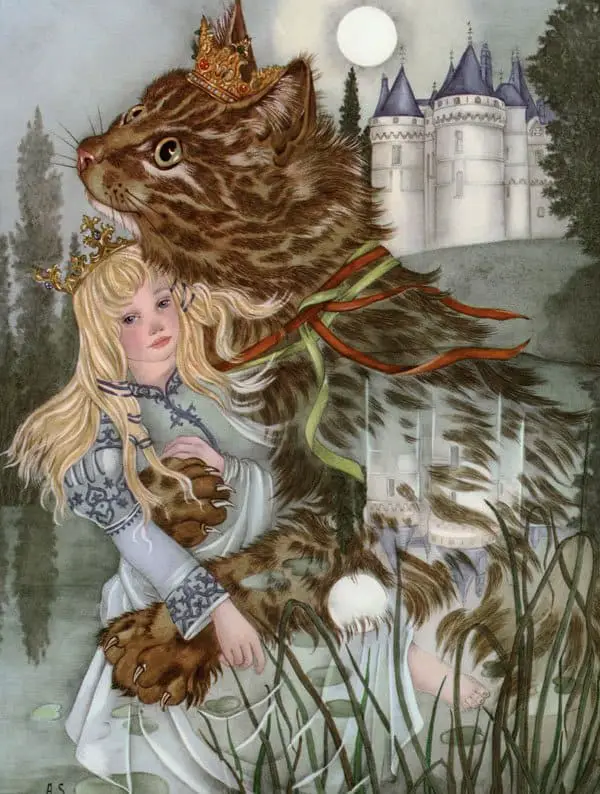
These stories are surely related to werewolf stories. Just take a look at this image from 1858:
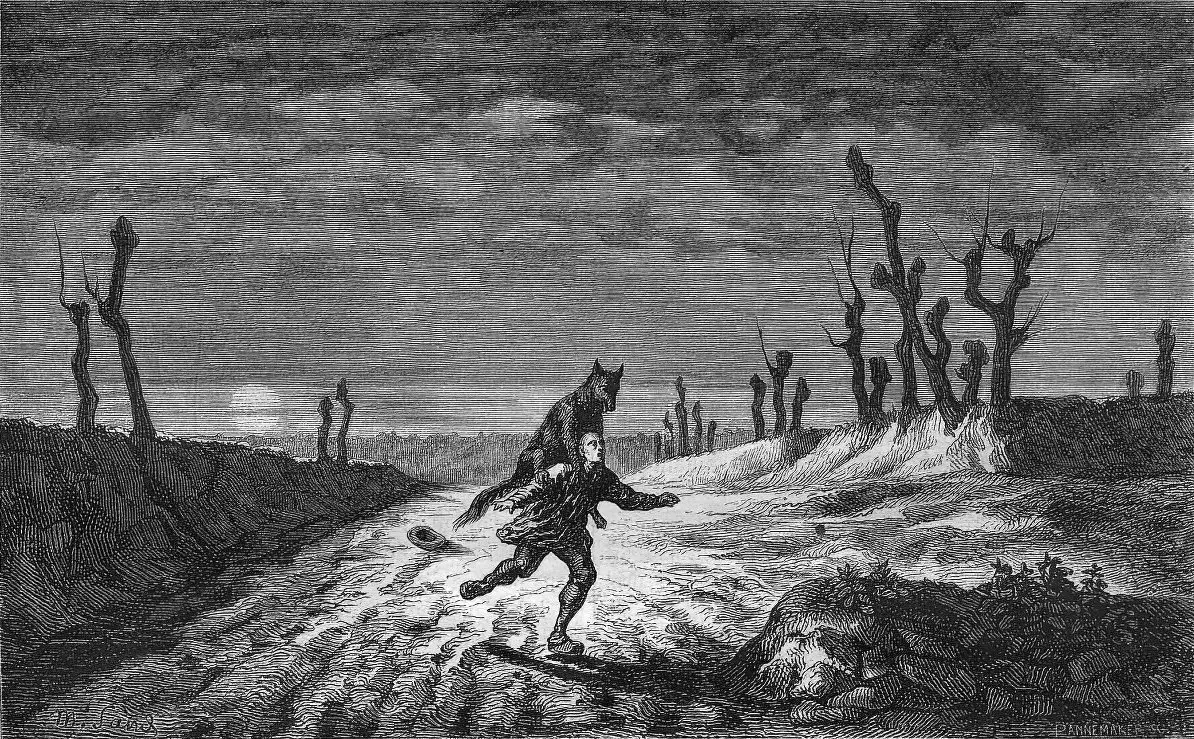
SETTING OF DONKEY SKIN
This story is set in fairytale world.
The opening to Perrault’s “Donkey Skin”, with its description of a perfectly happy king, offers insight into an ancient culture. To people of an earlier time, this is what the perfect life looked like:
- You’re a king.
- You have a faithful, companionable wife.
- Together you have reproduced.
- A large and magnificent palace
- Is filled with courtiers
- Their stables are full of many breeds and sizes of horses for riding.
- Something magical which ensures a never-ending supply of fortune. (It might be a magic porridge pot or a genie in a bottle; in this case it’s a donkey who shlts out gold.)
Naturally, this idyllic existence is punctured, because according to this atavistic, dualistic worldview, heaven ‘seems to mingle good with evil’. Since Perrault was writing this just 100 years ago, I feel this idea of riches is partly a recreation of how we think ancient peoples would have symbolised riches.
In fairytale world, the wishes of the dying must be obeyed at all times, even if they’re ridiculous and impossible.
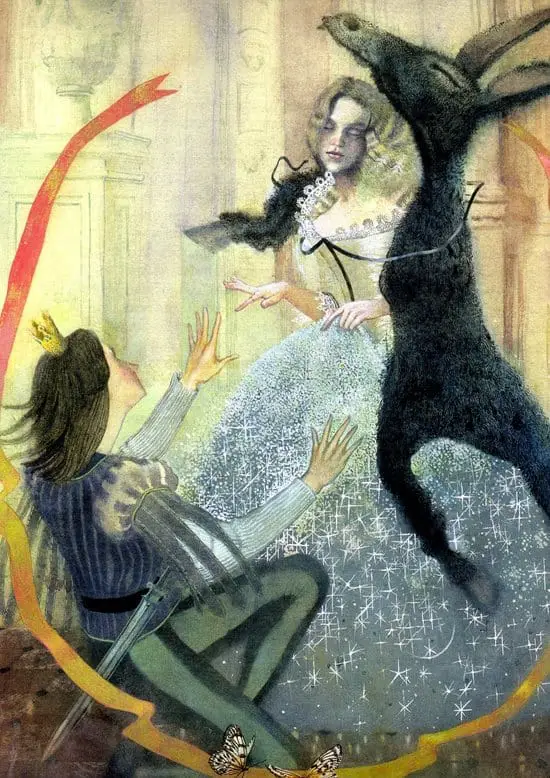
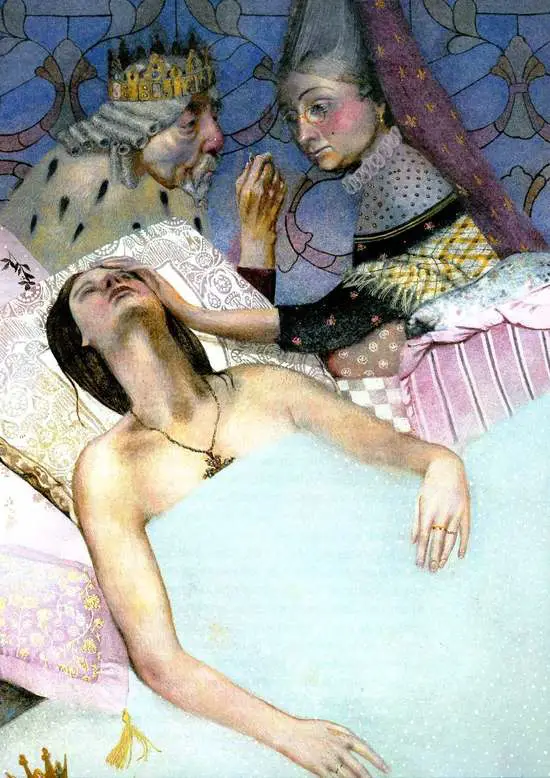
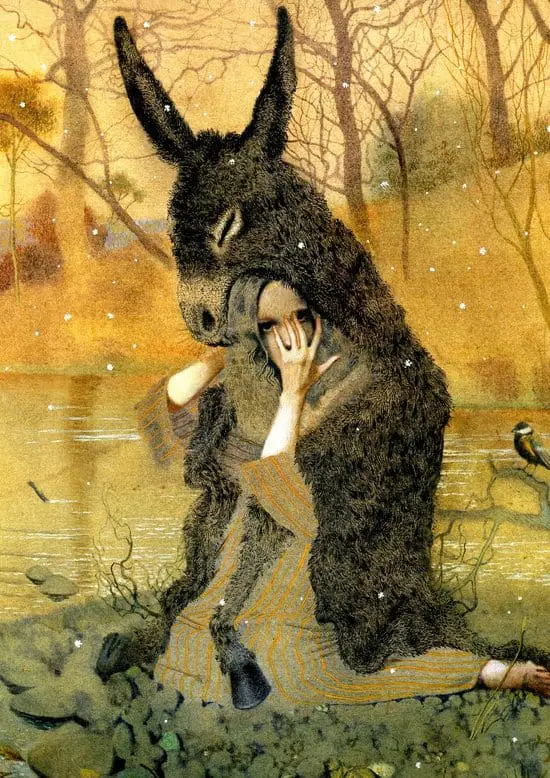
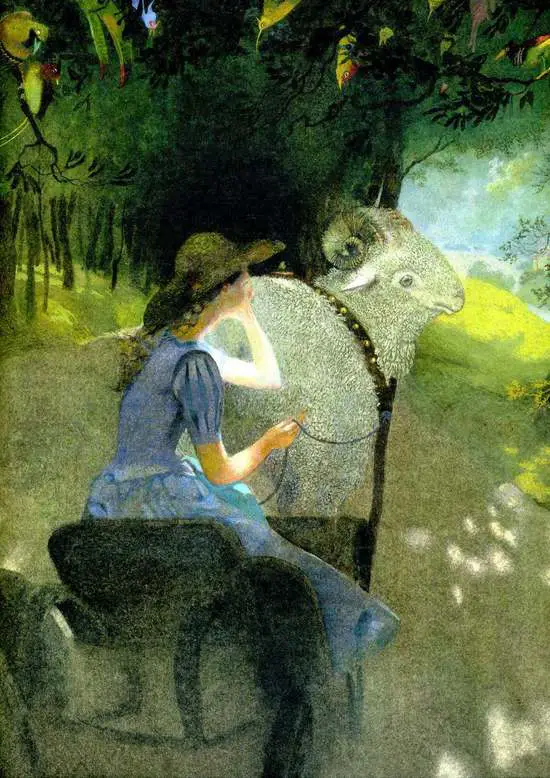
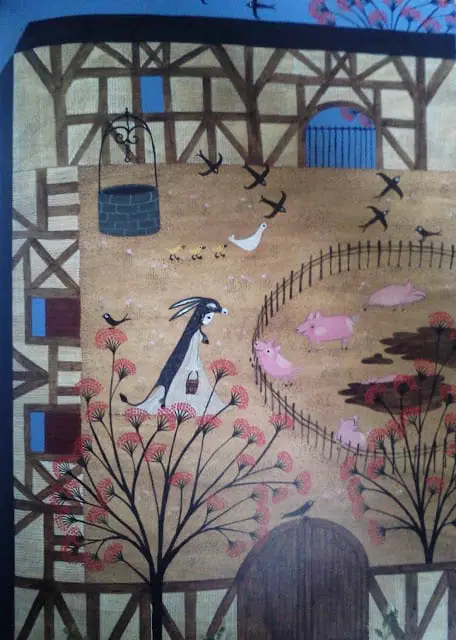
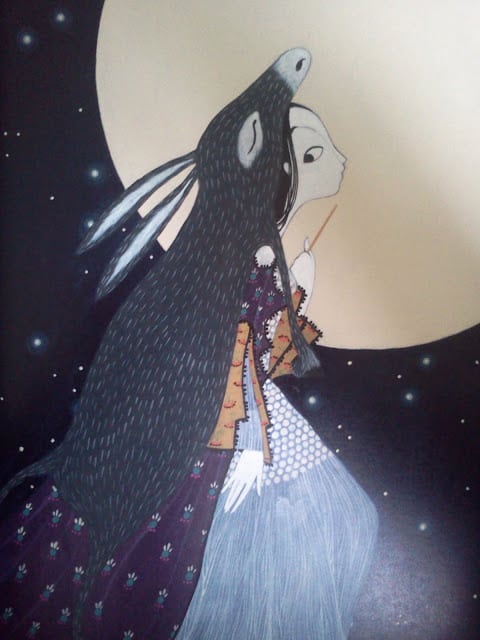
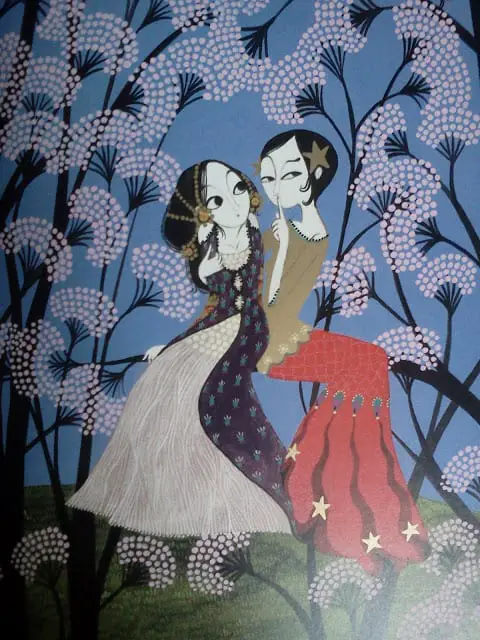
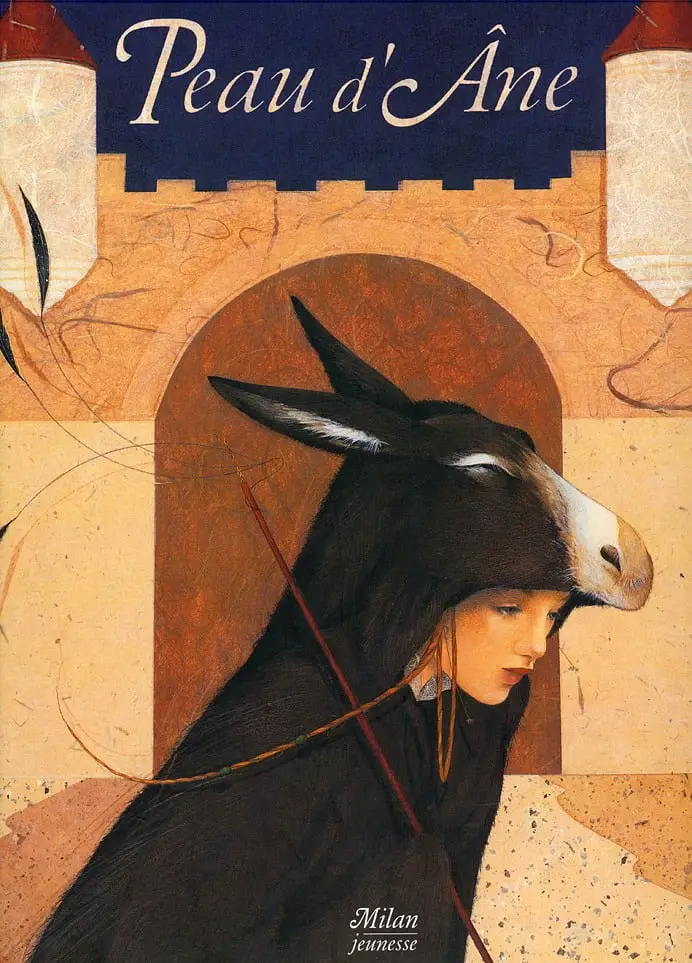
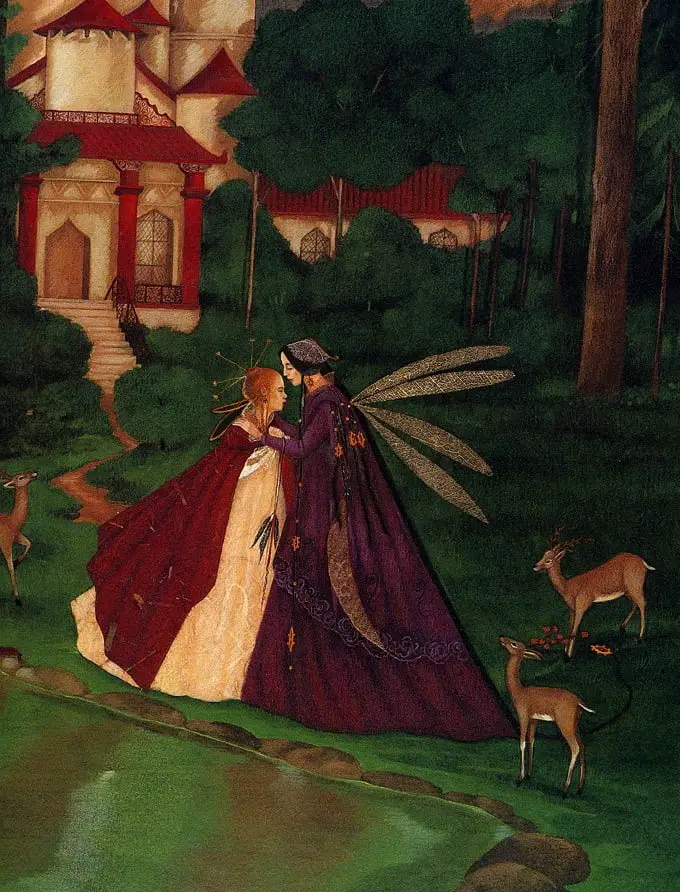
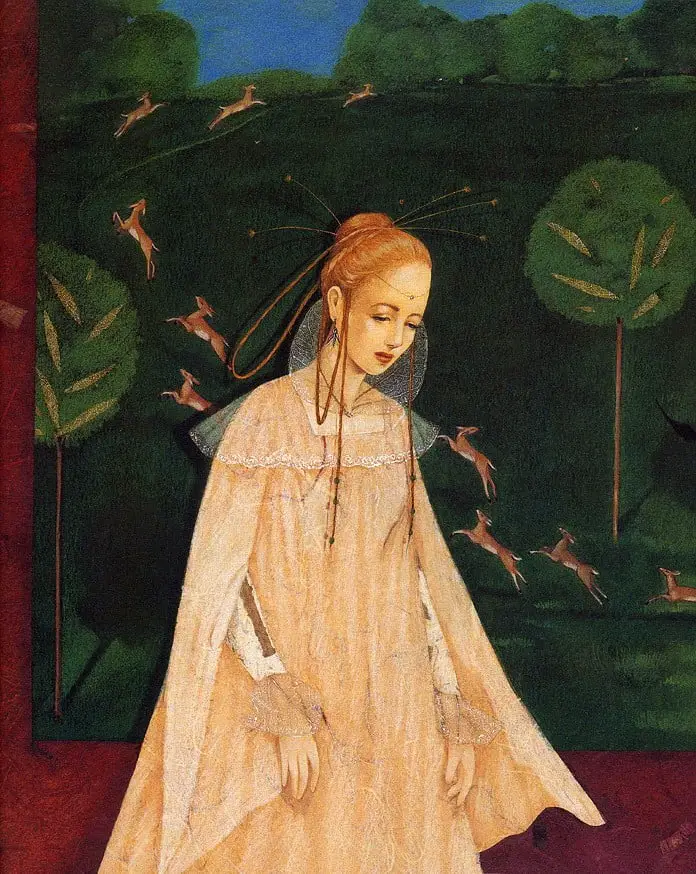
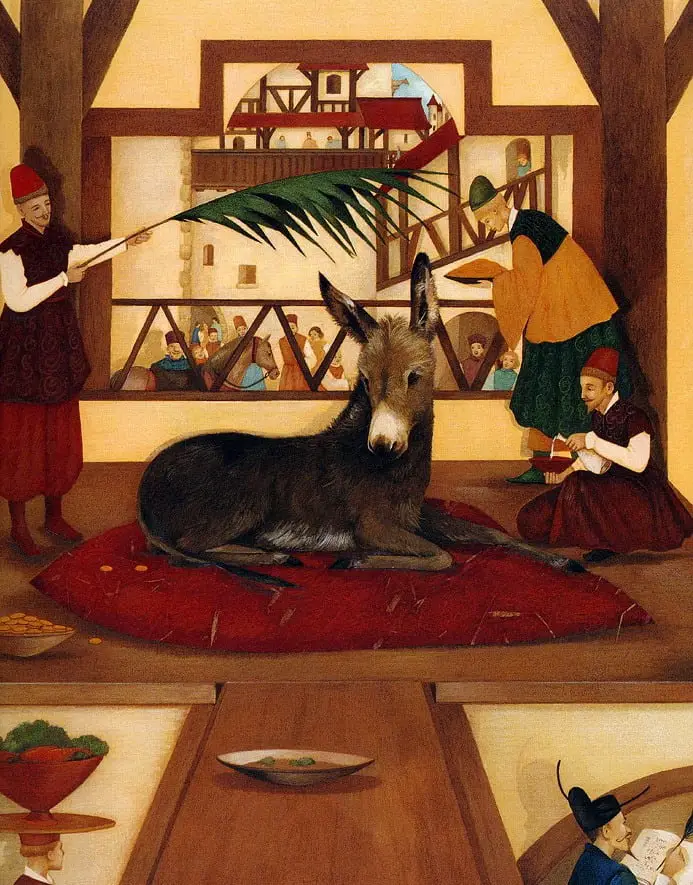
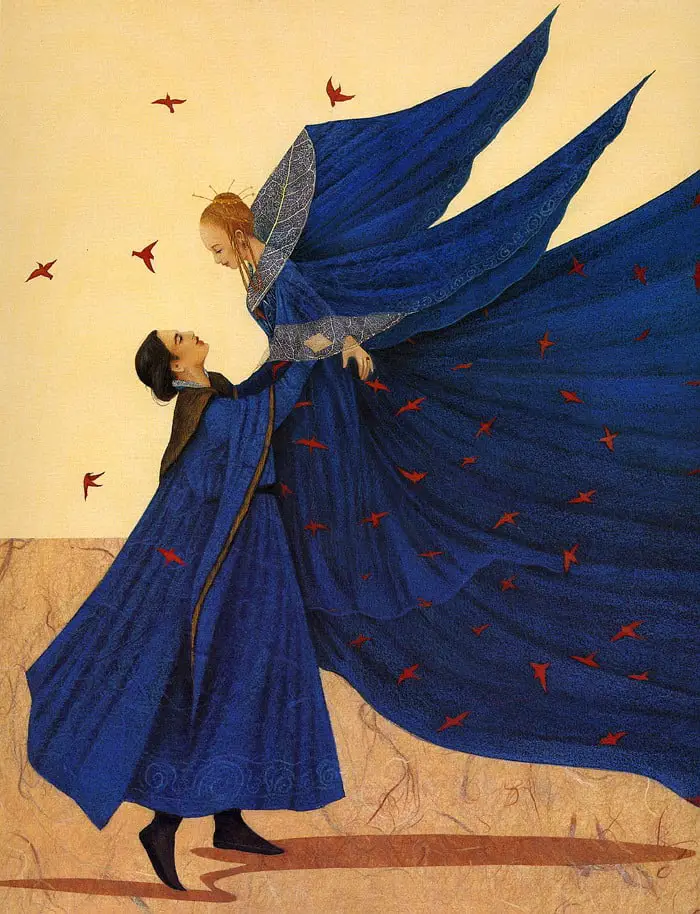
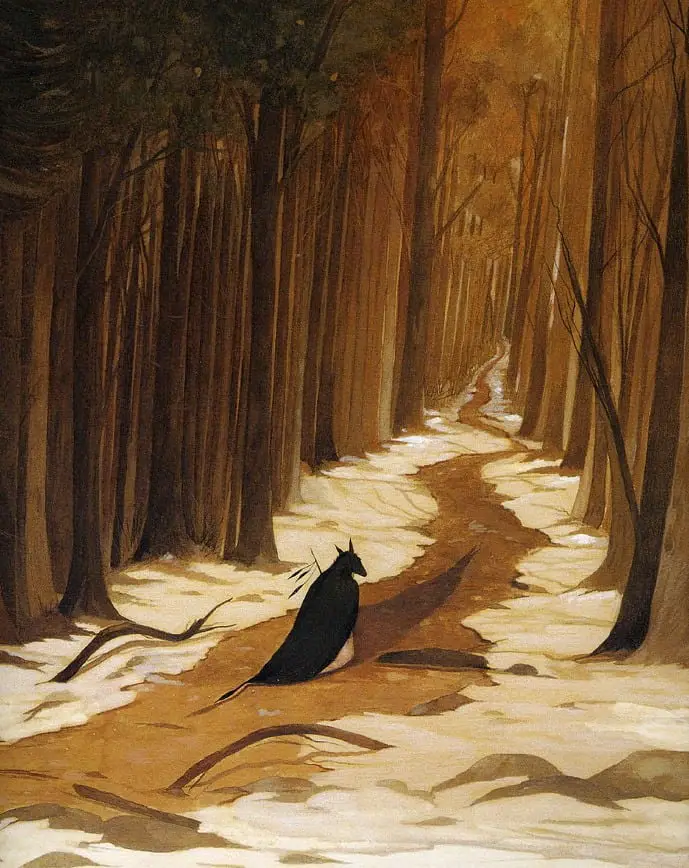
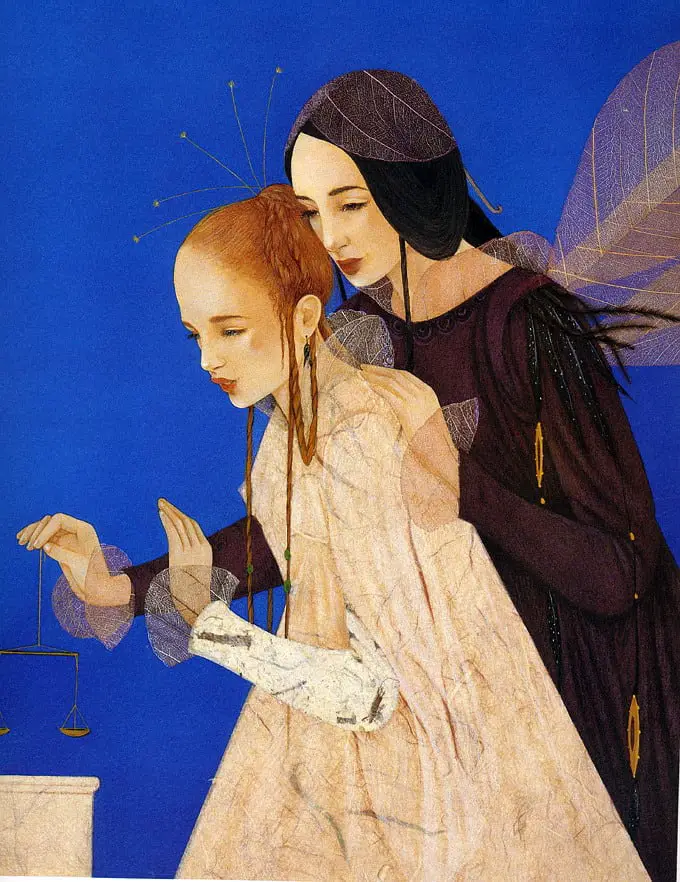
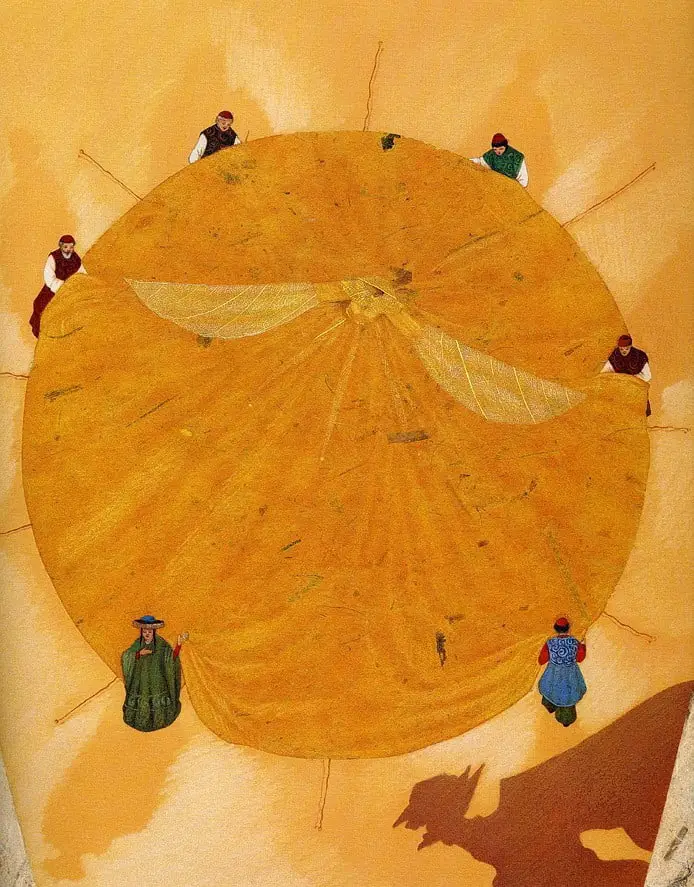
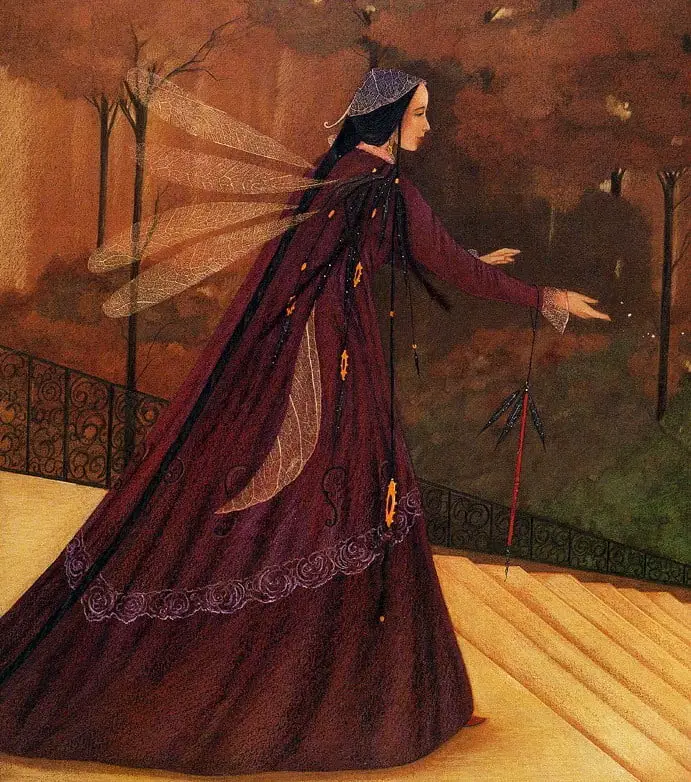
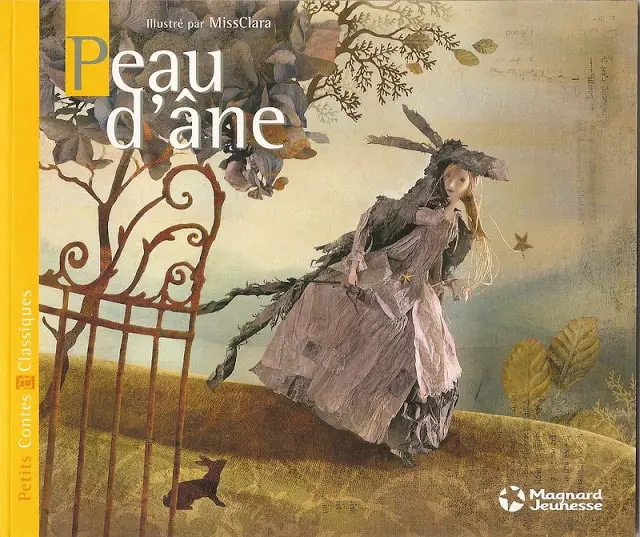
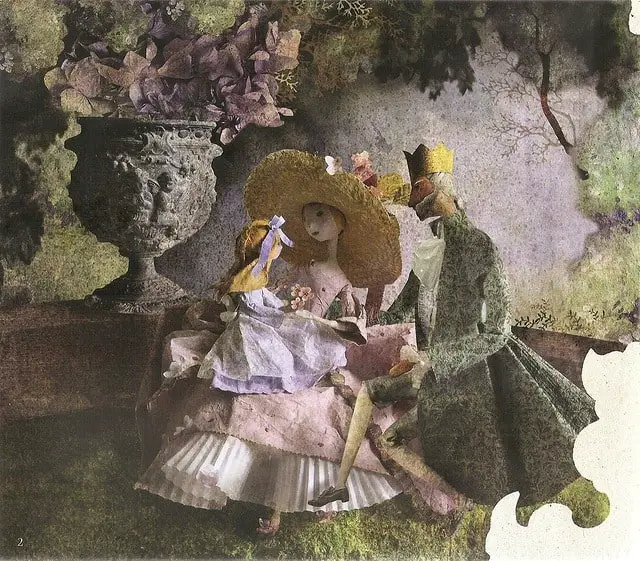
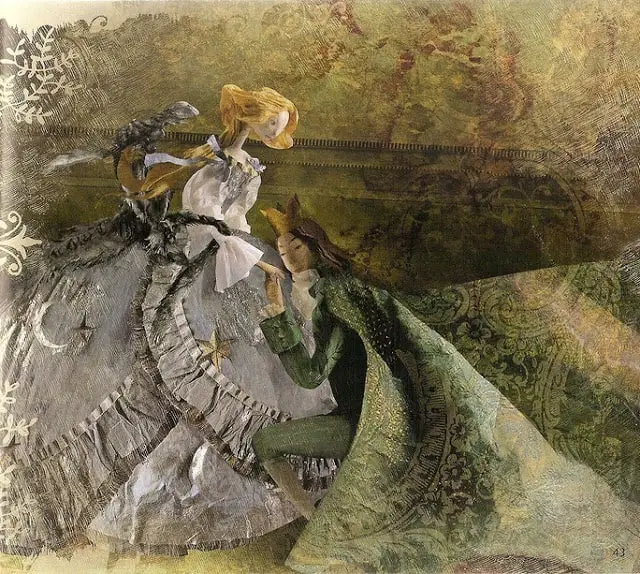
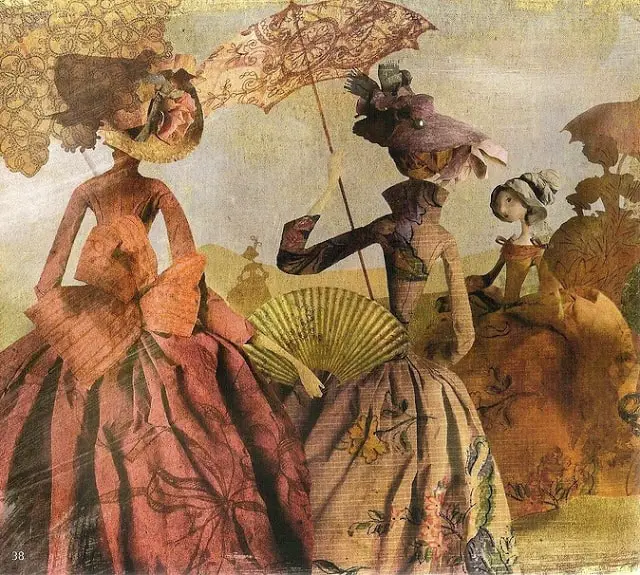
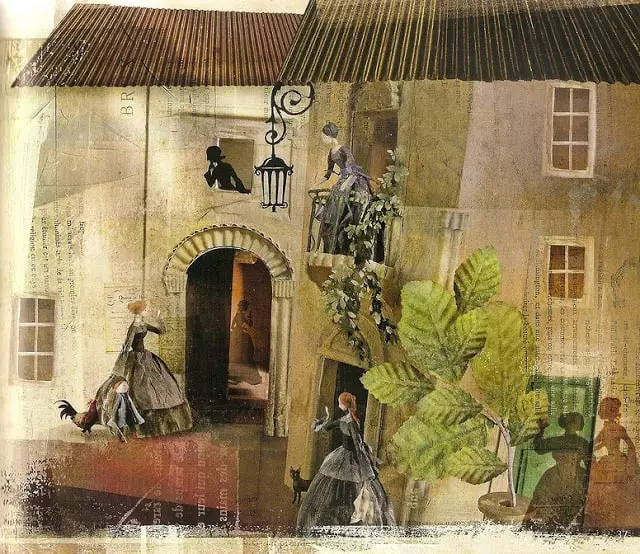
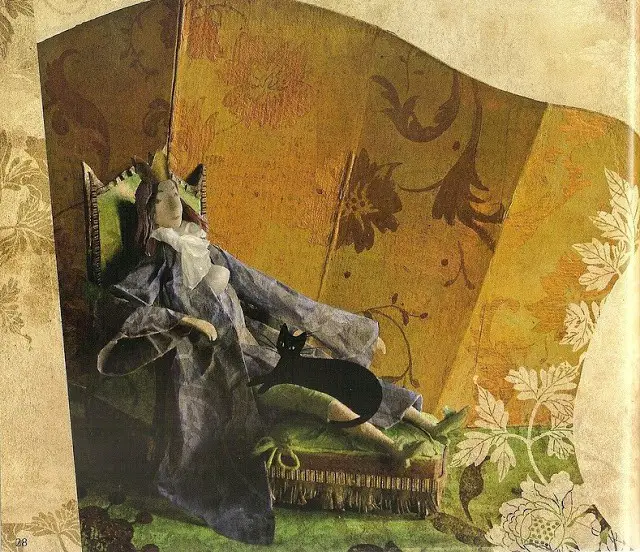
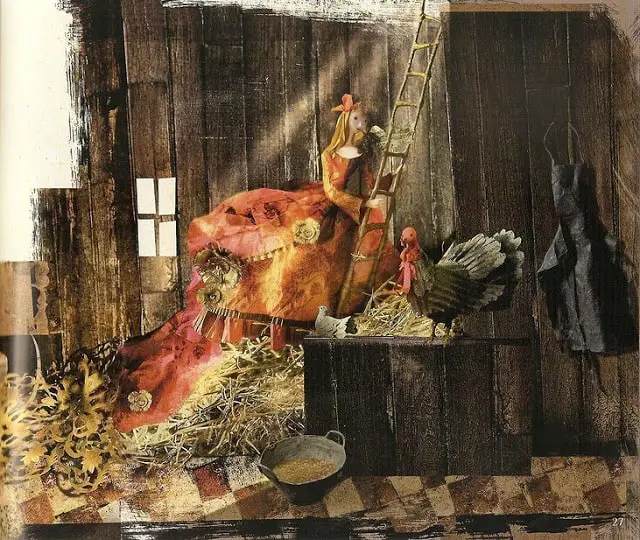
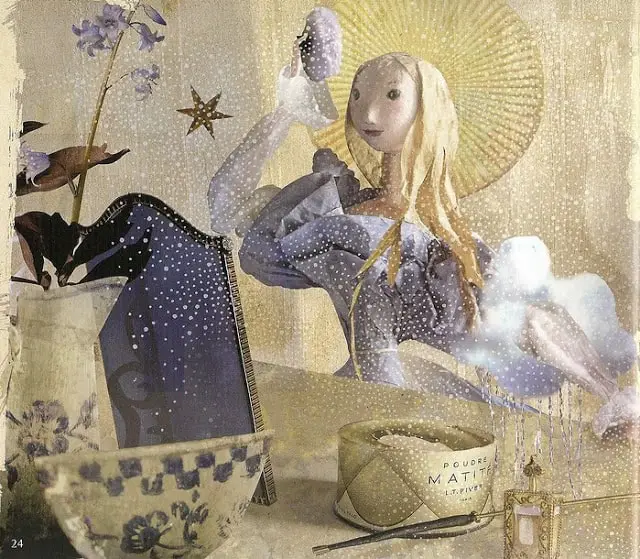
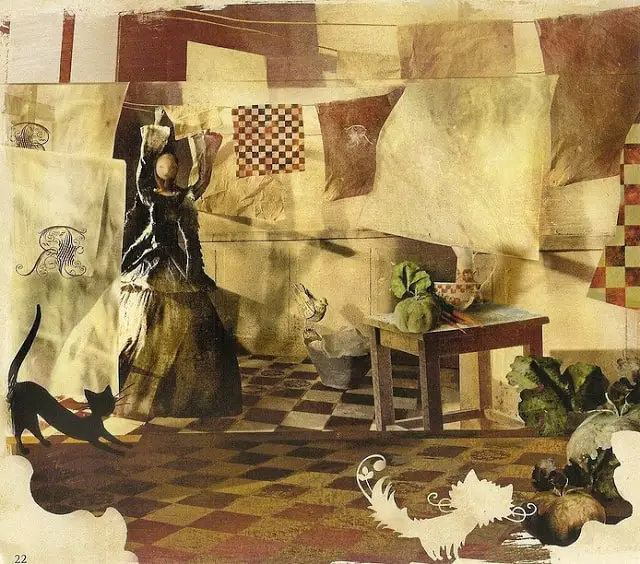
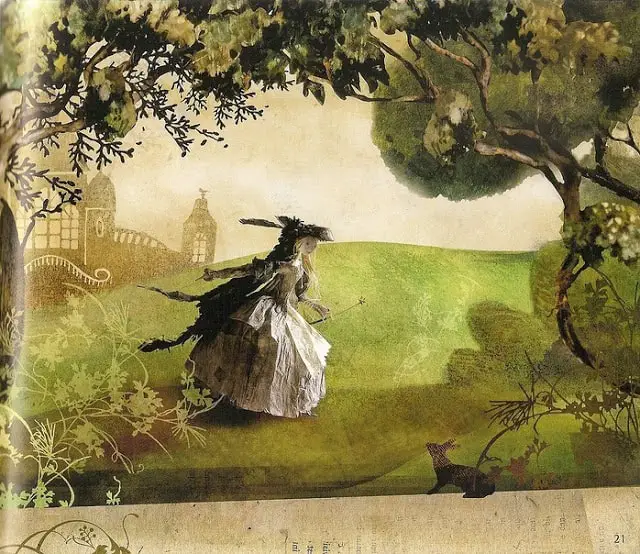
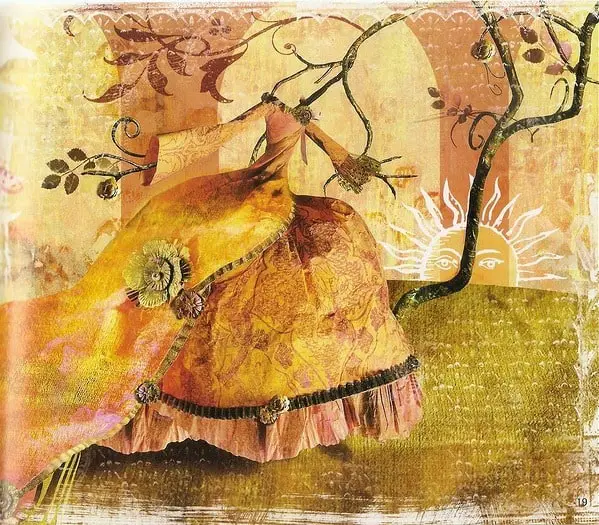
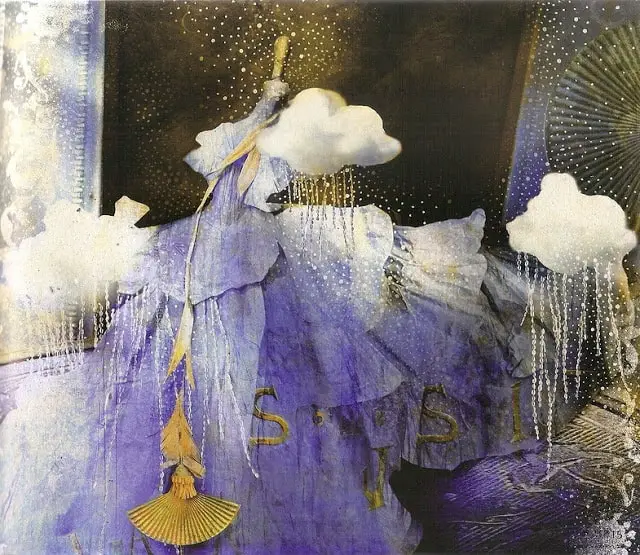
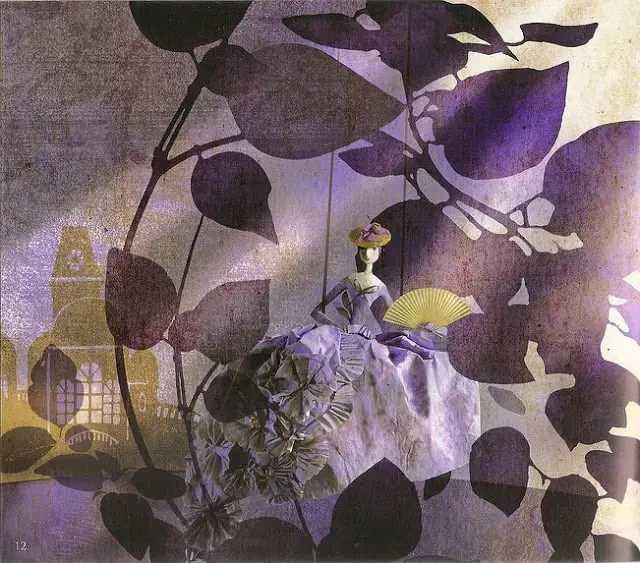
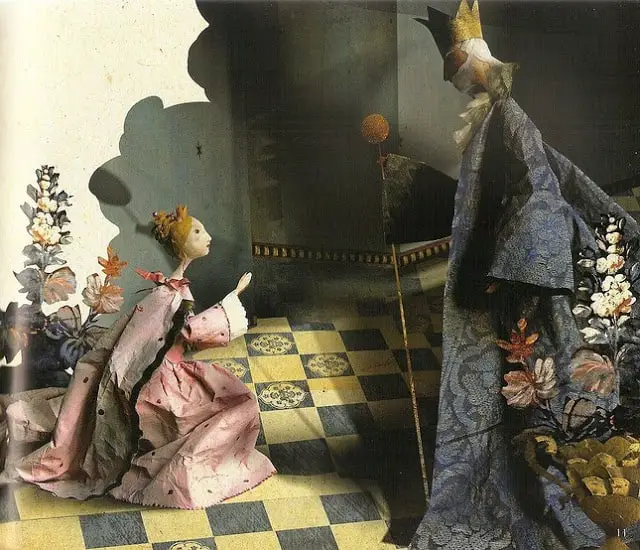
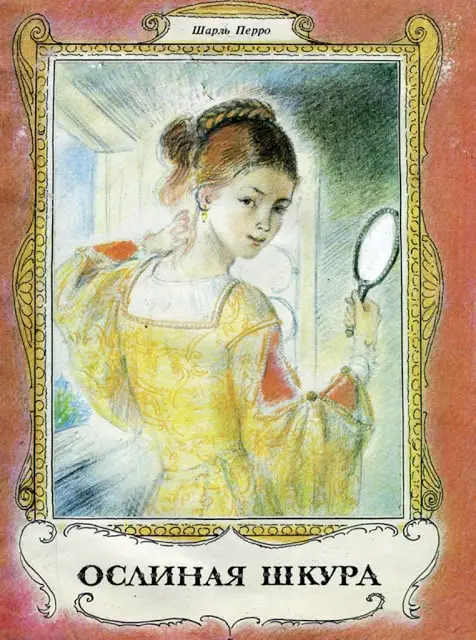
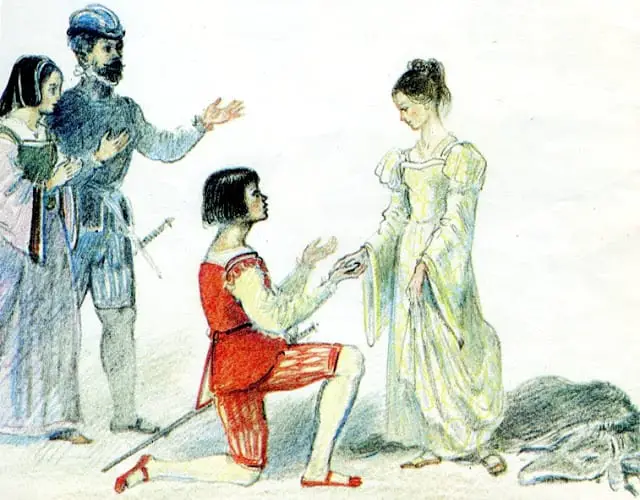
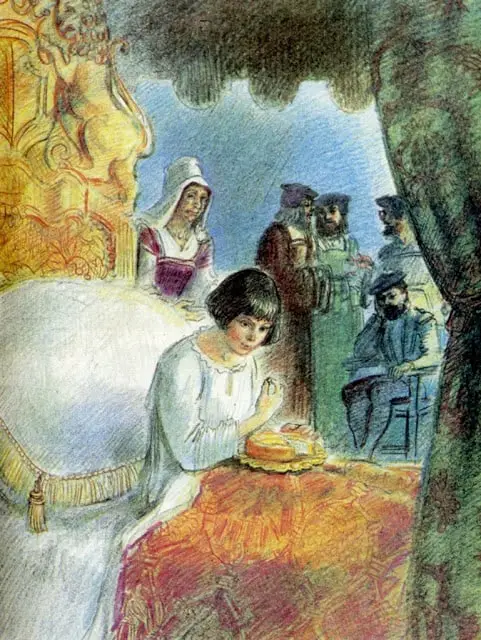
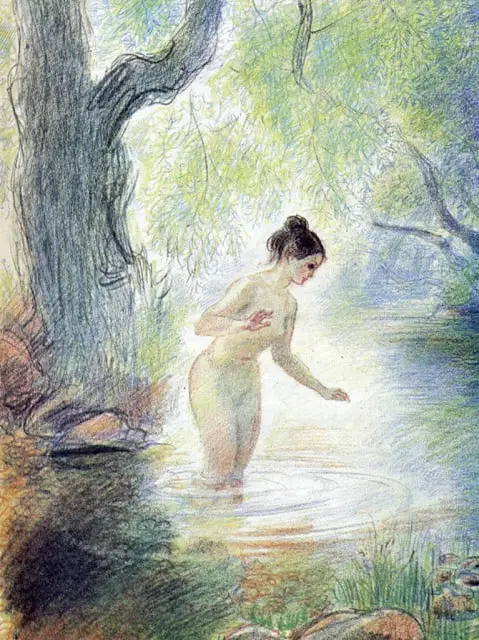
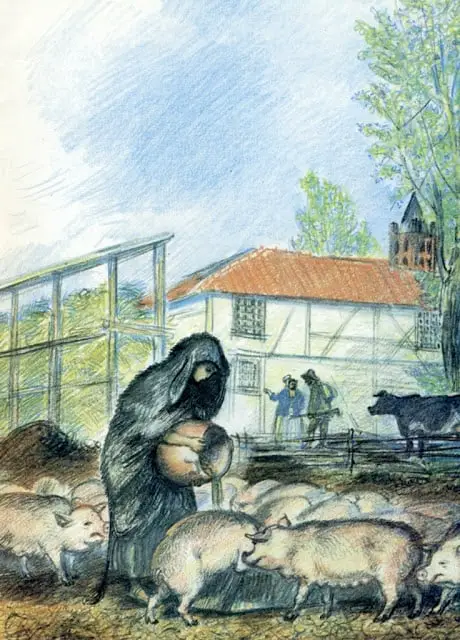
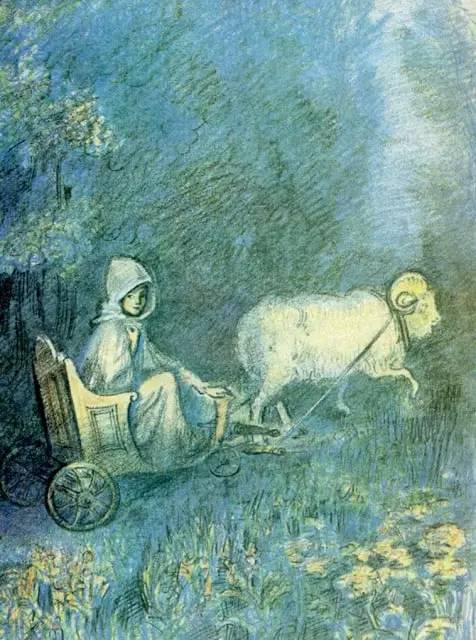
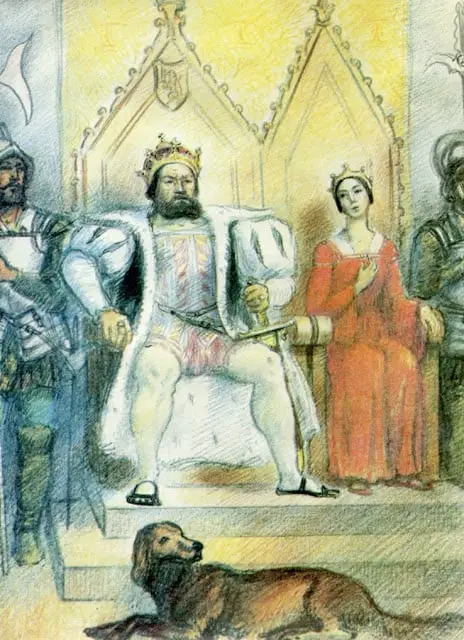
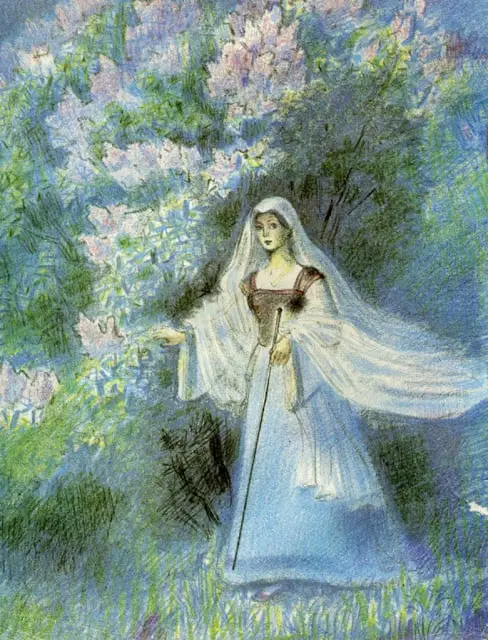
STORY STRUCTURE OF DONKEY SKIN
This entire story only works if the reader accepts a couple of fairytale truisms:
- That women are naturally duplicitous. The ‘perfect’ wife of the opening paragraph is soon revealed to be yet another schemer. Even beyond the grave, this jealous woman cannot bear the thought of a king marrying someone more beautiful than herself, and now due to delayed decoding, we understand that the queen was never a genuine companion at all. It just seemed that way to the king. Audiences of this tale are thereby encouraged to run with the idea that even in the happiest of unions, the woman is scheming to make it appear so.
- Men will go out of their way to please the women in their lives. If women are jealous, duplicitous schemers, men are fools for trying to please them. Women, at heart, are impossible to please because they change their minds on a whim.
While it appears that the ‘jealous, lying wife’ trope seems counterbalanced by the ‘foolish king’ trope, rendering a grim variety of gender equality, this is false equivalency. In fairytale world, some men are fools, but others are genuine kings. Men appear at various points of the morality spectrum. The women? Not so much. The trope of ‘women as liars’ has not, in fact, died.
SHORTCOMING
The focalising character of Perrault’s version begins with the king, then shifts to his daughter. We follow the daughter as she tries to escape her father.
DESIRE
The King wants to marry (rape) his own daughter. In the logic of Perrault’s story, this is in the name of pleasing his dead wife (shifting the blame for the hapless man’s rapeyness onto the dead wife, who made an impossible deathbed request).
OPPONENT
Since the daughter does not want to ‘marry’ her own father, and the father is hellbent on ‘marrying’ his own daughter, the two are in opposition.
PLAN
If the daughter is able to escape into the woods to consult her fairy godmother, I’m not sure why she can’t just stay there forever. Anyway, the godmother has been expecting her. Clearly the entire fairytale world knows exactly what the king is up to. Everyone is obeying his wishes, keeping quiet about it, enabling him, providing him with further riches after he threatens to destroy him.
Hell, this is the fairytale precedent for Surviving R. Kelly.
Even the fairy godmother does nothing ACTUALLY HELPFUL to step in and save her own god-daughter from getting incestuously raped and imprisoned forever in a castle by her abusive father the king.
Instead, the fairy godmother advises the king’s daughter to make all sorts of impossible requests. Unfortunately, the king’s enablers ensure the king gets what the daughter asks for: dresses the colour of sky/sun and so on.
All this time, we can safely deduce all sorts of nasty business is happening between the king and the princess each time she returns to the castle.
Finally, the godmother says she’s going to have to request a dress made of donkey skin. And it has to be the donkey who shlts out gold.
“Ask him for the skin of the donkey in the royal stable. The king will not consider your request seriously. You will not receive it, or I am badly mistaken.” But she did not understand how extraordinary was the king’s desire to please his daughter. Almost immediately the donkey’s skin was brought to the princess.
The narrator’s take is disturbing. “She did not understand how extraordinary was the king’s desire to please his daughter.”
“Please?”
“Please?!” If the king wanted to ‘please’ his daughter, he’d have left her the hell alone!
Now the godmother has another bright idea.
Promise him anything he wishes, but, at the same time, prepare to escape to some far country.
Finally, some decent advice, along the lines of GET THE HELL OUT OF THERE.
NOW the fairy godmother decides to use magic. The godmother will send the princess out into the world disguised as an ugly girl (dressed in a donkey skin) but because she’s ‘really’ a princess she’ll have continued access to all the riches in the world.
This chest of riches, which exists just under the surface of the ground and appears whenever the princess touches a magic wand to the ground is basically a metaphor for a rich kid’s trust fund. The godmother has arranged for continued access to her trust fund.
THE BIG STRUGGLE
Now the princess enters the battle phase, in which the princess is tested. She’s lost her overt privilege in the world (though still has the trust fund, so how much of a test is this, really?) She knows she’s not really an ugly, poor working girl because each Sunday (bath day) she dresses up. This is to remind her that she’s really a princess, and clearly inhrently more valuable than the peasants she’s been spending her days working alongside.
When she spots the son of the king she’s now working for, she recognises her equal and is romantically interested in him.
ANAGNORISIS
One day the young prince, seeking adventure from court yard to court yard, came to the obscure hallway where Donkey Skin had her humble room. By chance he put his eye to the key hole.
By chance, though?
This reminds me of a scene from Cocoon (1985) when perving through keyholes was considered adorable.
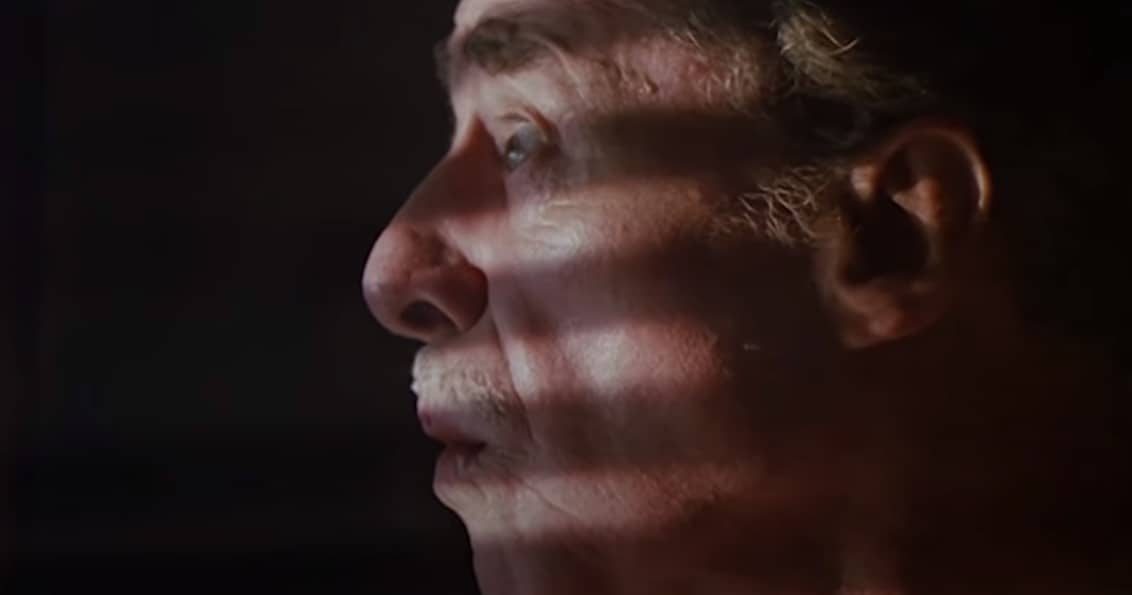
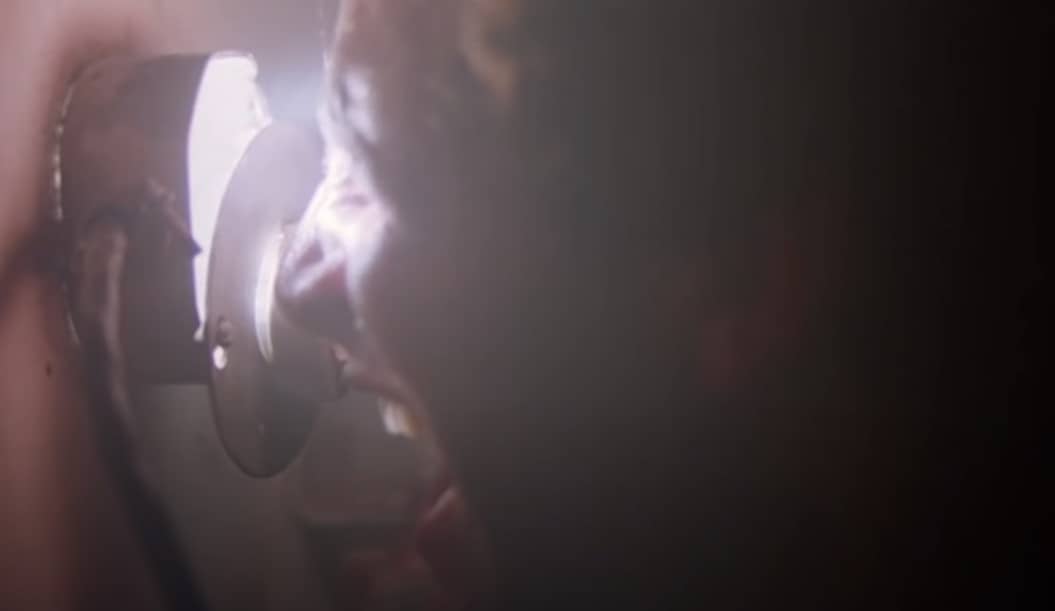
After witnessing such beauty, unattainable due to a perceived economic disparity, the prince has his turn coming close to death.
On his return to his father’s palace, the prince became very thoughtful, sighing day and night and refusing to attend any of the balls and carnivals. He lost his appetite and finally sank into sad and deadly melancholy.
Now the focalisation switches to the poor, lovesick prince, who demands that this beautiful “Donkey Skin” girl make him a cake with her own hands.
If you can tell a princess by her ability to feel a pea under many mattresses, you can also tell a princess by how fine she grinds the flour. This is quite astonishing when you consider the princess is brand-new to domestic labour and should be really quite terrible at manual tasks.
Oh and also her ring “falls into” the batter. Fate. This is all fate, people. Not a series of contrivances on the part of the princess and the prince, who have fallen in rapid lust with each other.
The prince almost dies a second time — literally, this time — because he accidentally swallows the ring. The ring now functions as Cinderella’s glass slipper and because fingers vary so widely (?!) Donkey Skin is the only girl who fits the ring. Her finger is ‘extremely slender’. Perrault is under the impression that working girls ‘often’ have ‘slender and beautiful fingers’ so I deduce Perrault never met an actual working girl in his life.
NEW SITUATION
The princess is found. She transforms back into a beautiful princess, and now the narrator must make her the most beautiful of all the women in competitive, hierarchical fashion.
when she arrived at the palace in her beautiful dress, the richness of which had never been equaled, with her blonde hair all alight with diamonds and her blue eyes sweet and appealing and even her waist so slender that two hands could have encircled it, then even the gracious ladies of the court seemed, by comparison, to have lost all their charms.
Oh hell. Oh hell.
In all this happiness and excitement, the king did not fail to notice the charms of his prospective daughter-in-law.
Out of the frying pan, into the fire.
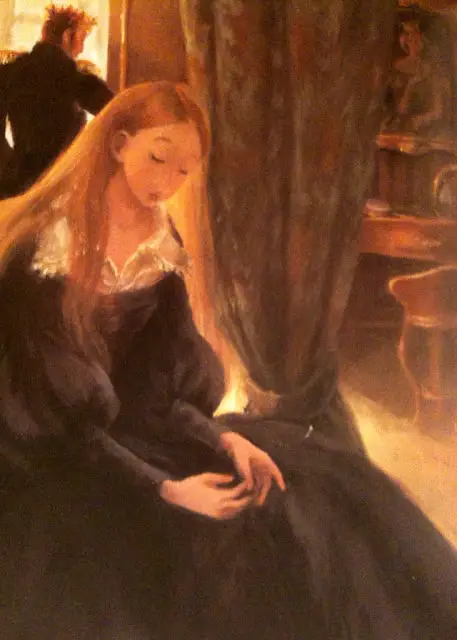
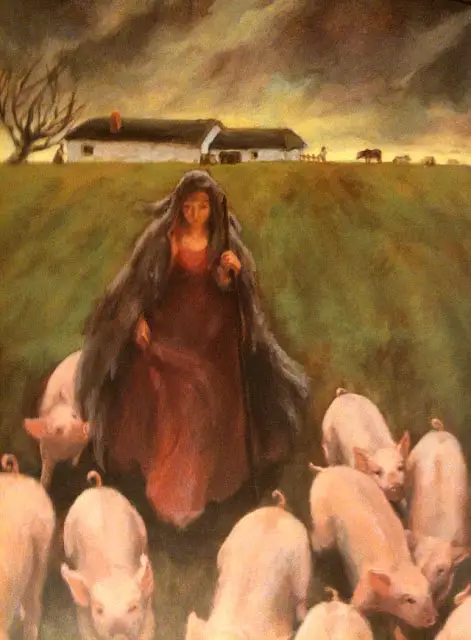
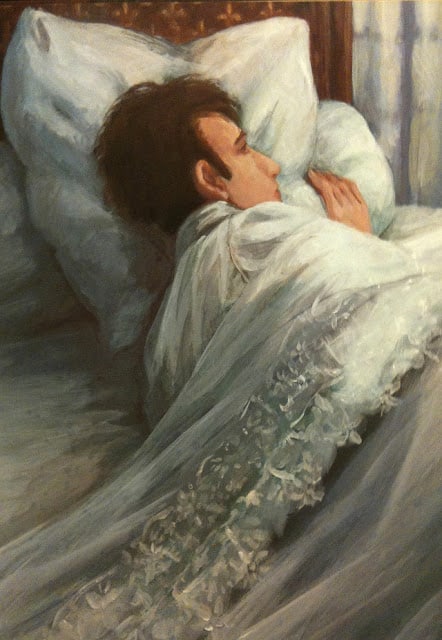
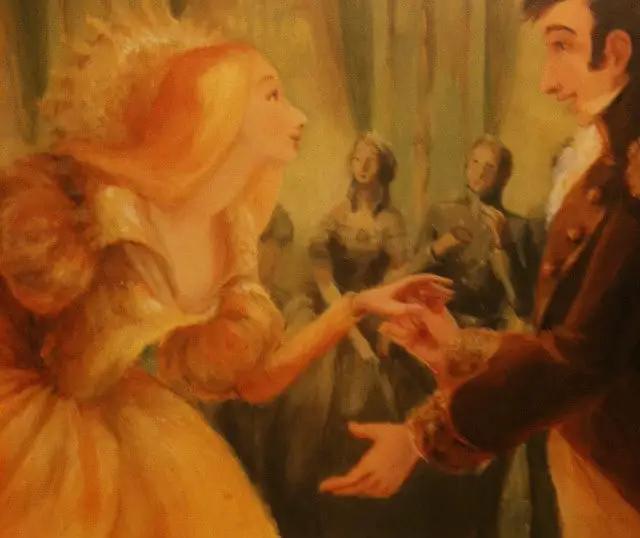
EXTRAPOLATED ENDING
I don’t know about your take, but I think this princess enjoyed more self-determination when she lived as “Donkey Skin”. I mean, she had a trust fund!
If we cast our minds back to the start of the story, we will remember the king who not only lost his wife and daughter, but also his donkey who shlts gold. I deduce that this is how the king was a king in the first place, and that without that donkey, he can no longer pay his courtiers. Off the page, he is no doubt being punished and will himself be out on the streets before long, unless he comes up with another evil plan.
RESONANCE
The Donkey Skin story has been told and retold, illustrated and re-illustrated for modern audiences.
We love a riches to rags and back again to riches tale, which also explains the enduring popularity of “Cinderella”.
We also seem to love transformations from ugly to beautiful, especially when ugly-but-actually-beautiful girls are used to test out the morality of young men in search of a romantic partner. This fairytale quest is as old as the hills, with Spanish witches sometimes morphing into ‘ugly’ old women to test the kindness of random strangers.
We all like to think we treat people equally, after all.
We also seem to love secondhand voyeurism — especially young men witnessing naked young, beautiful women without their knowledge or consent. That’s probably worth examining.
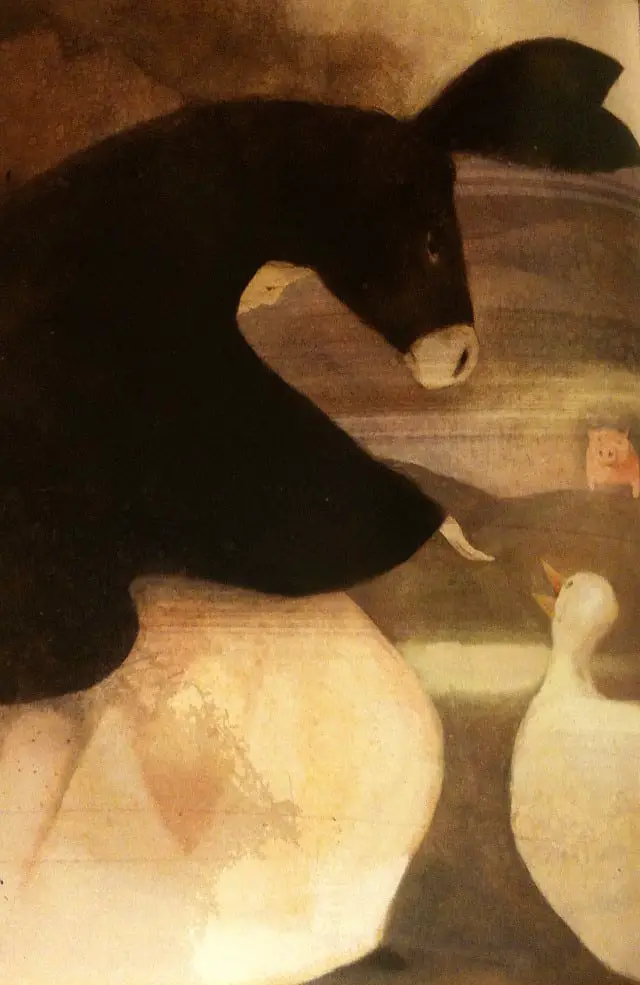
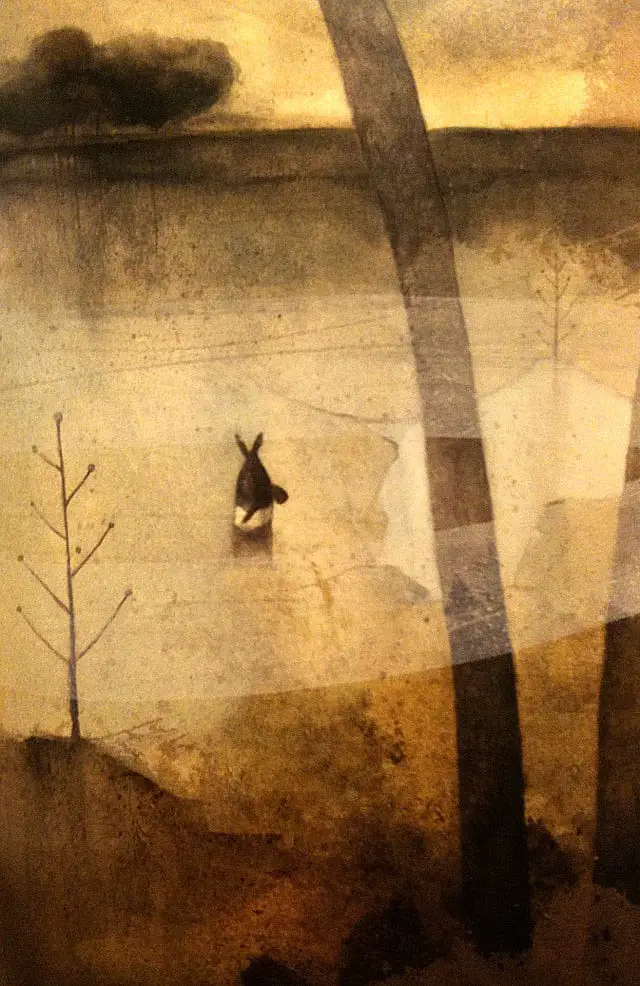
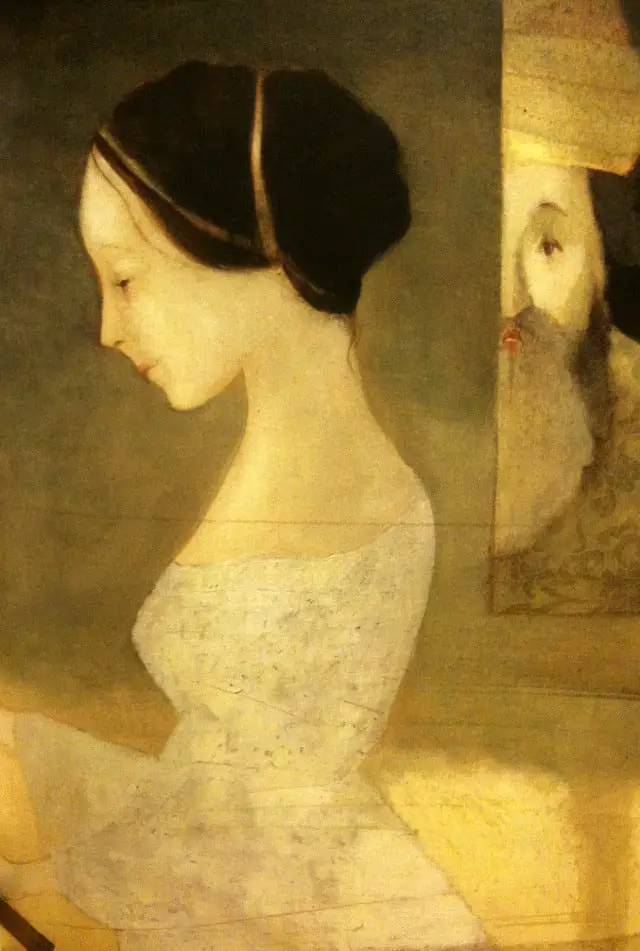
G. Traugot, one of three Russian/European brothers who are all artists. These naïve and colourful illustrations offset some of the horror. I like the image of the donkey, mid-poop.
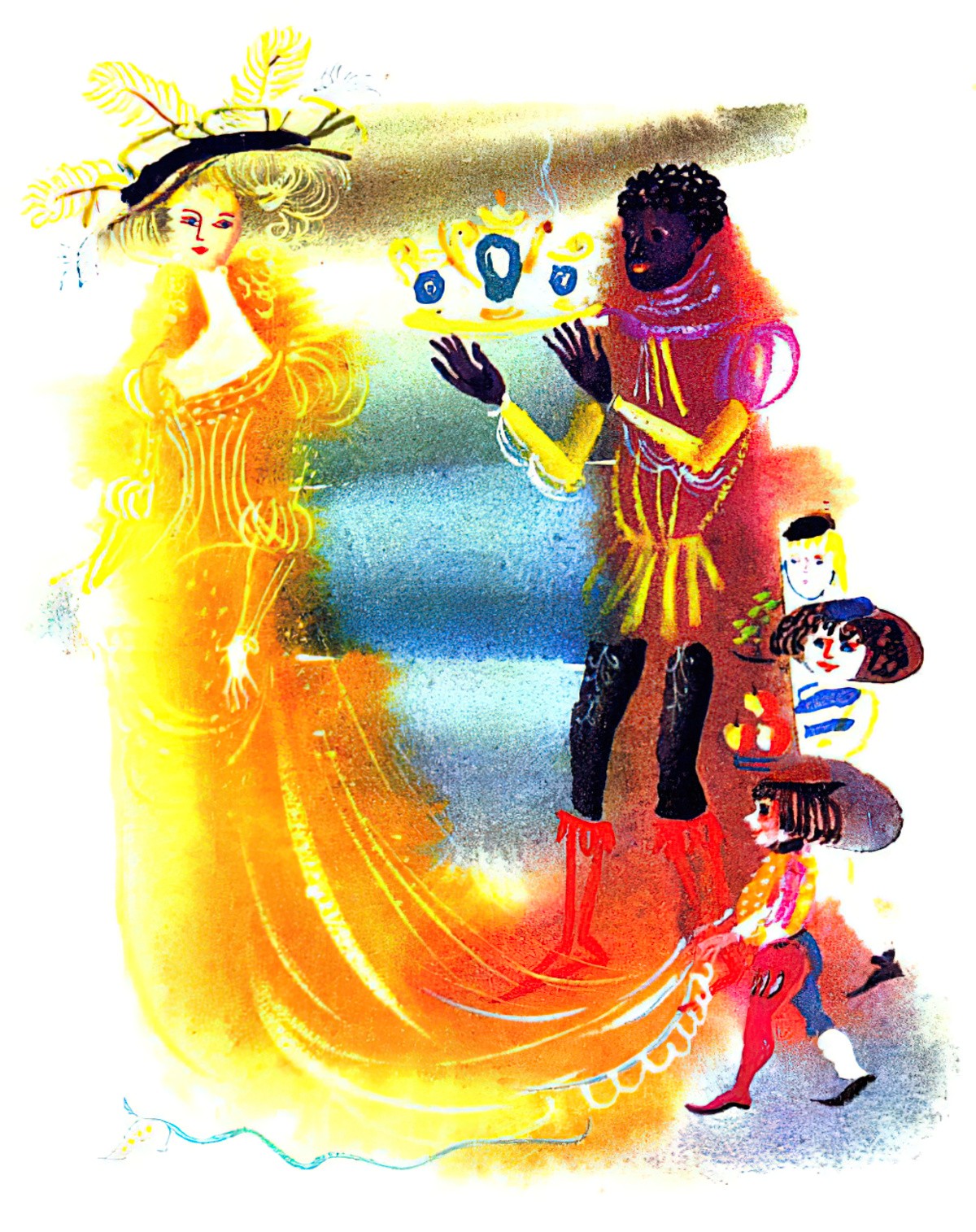
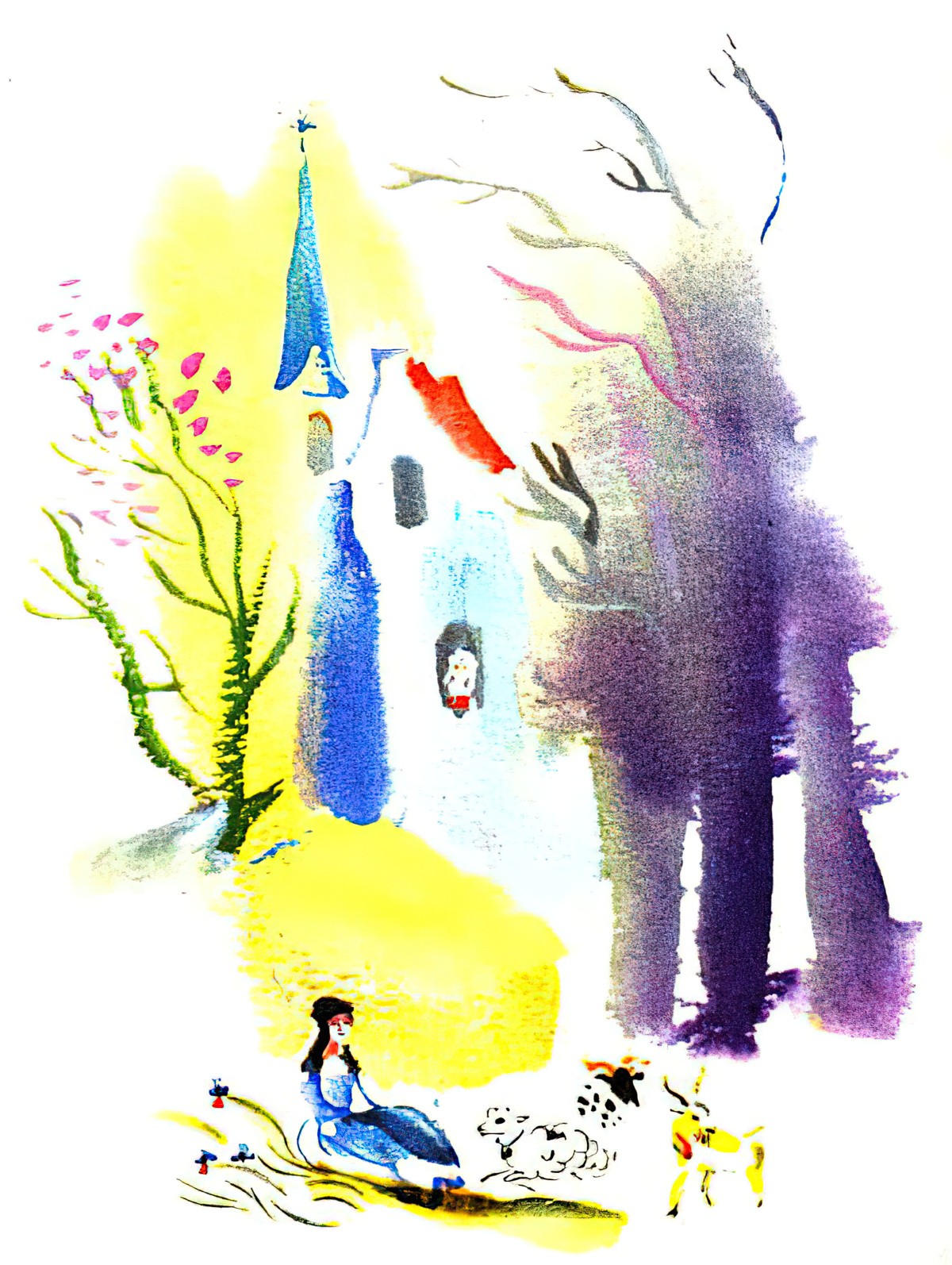
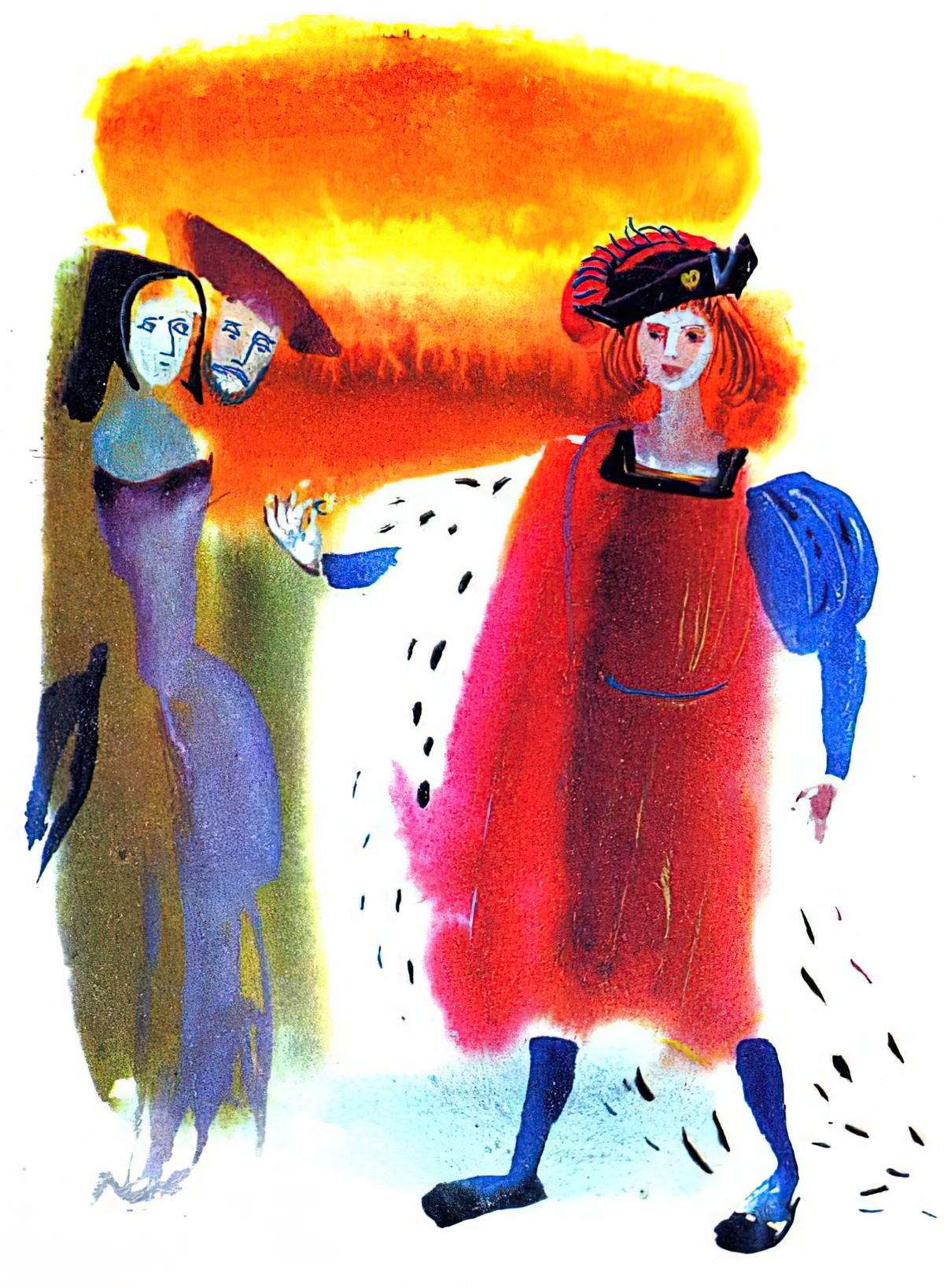
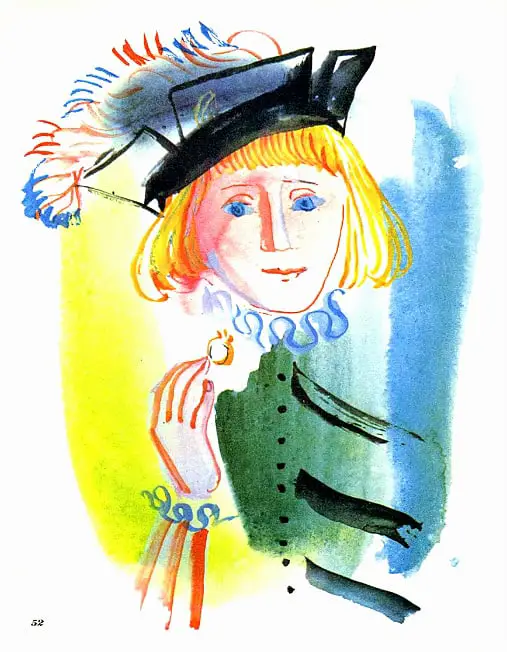
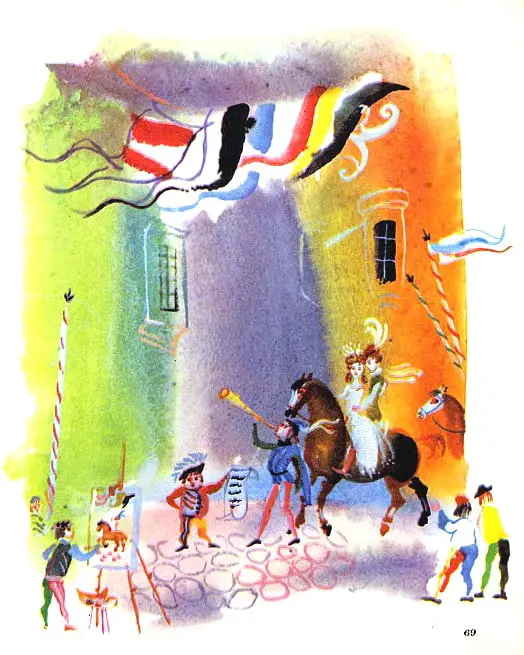
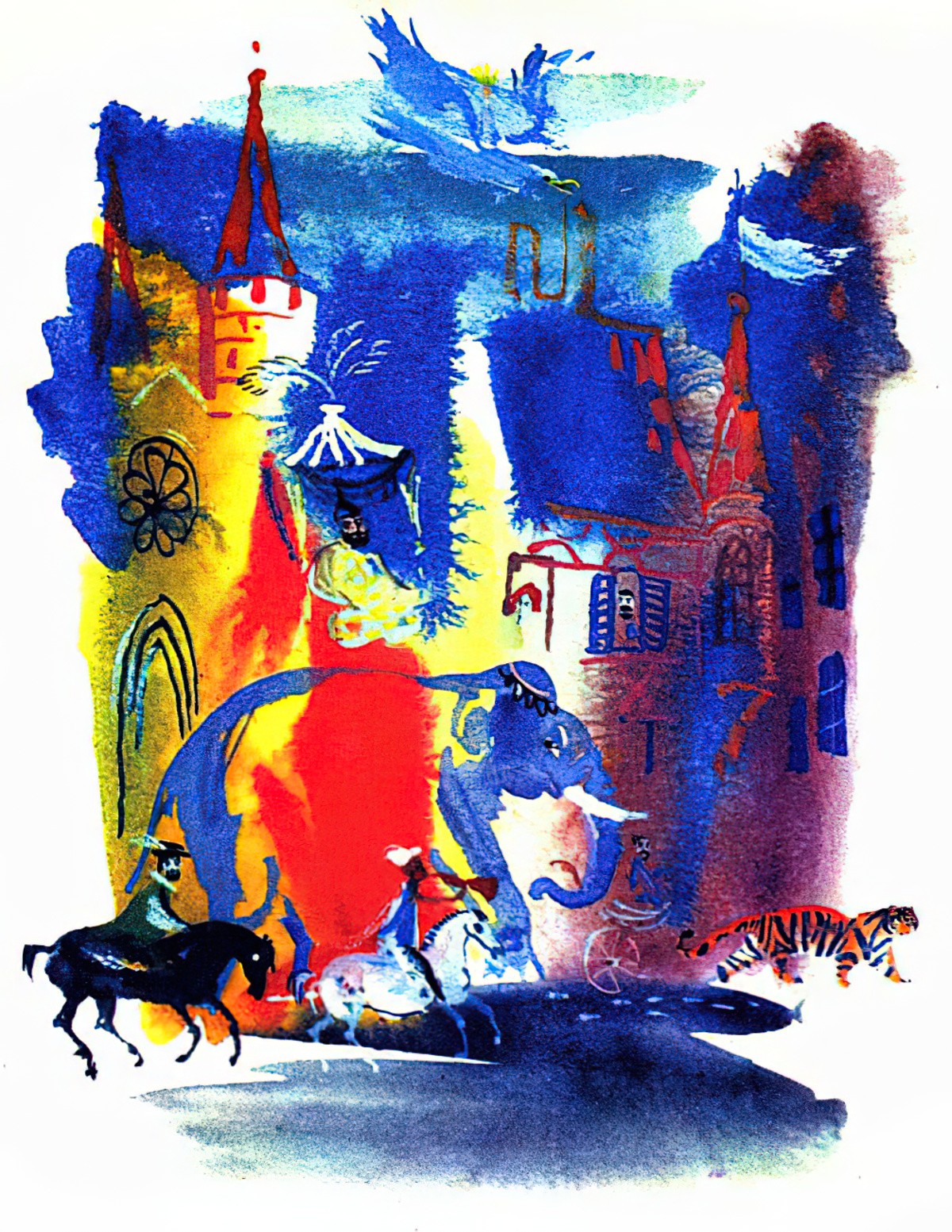
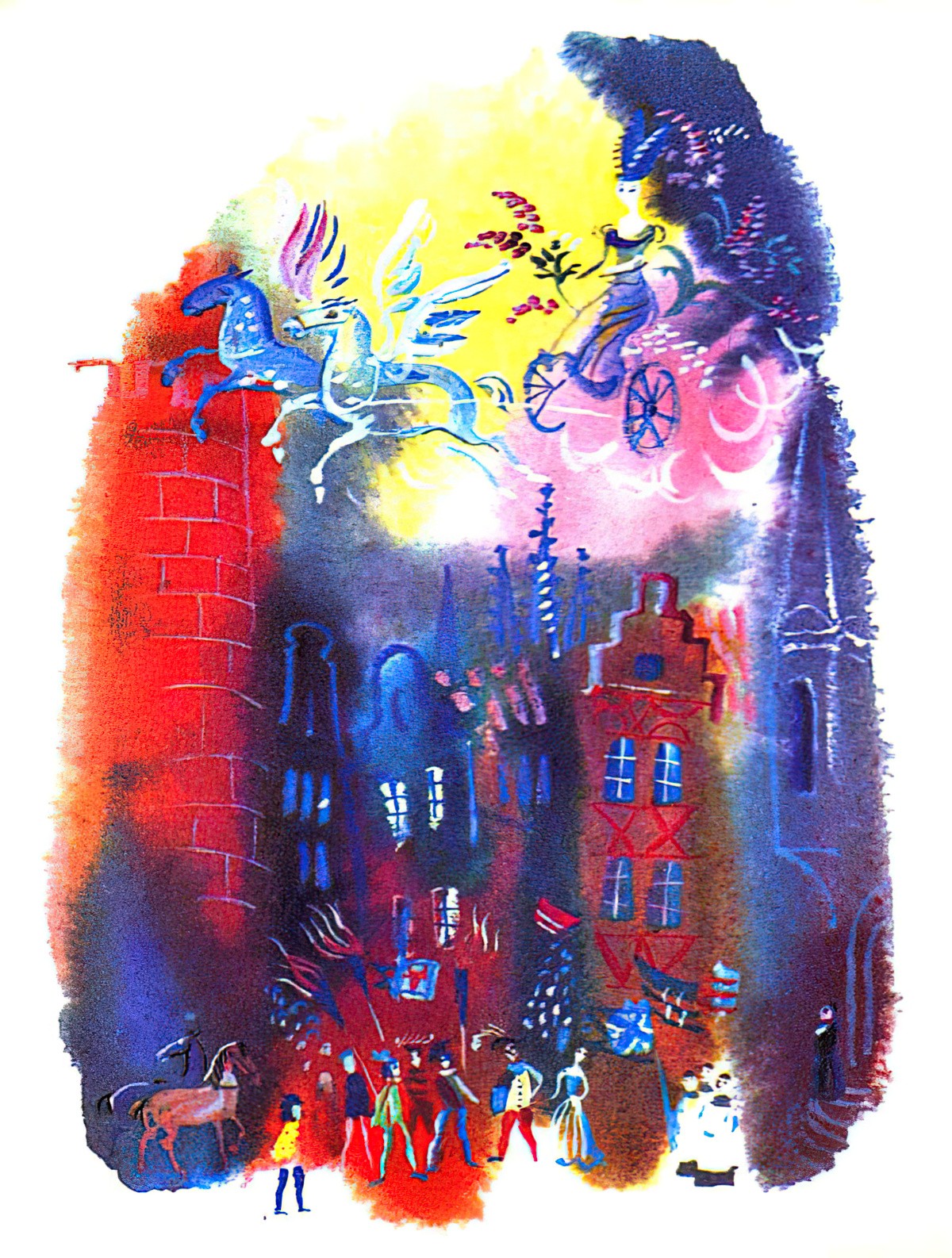
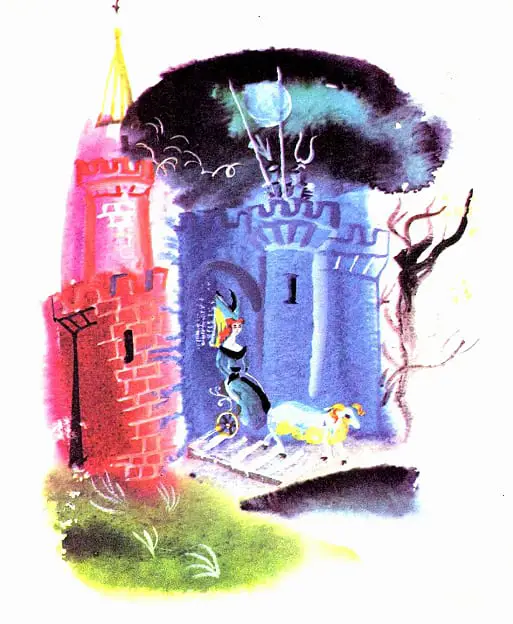
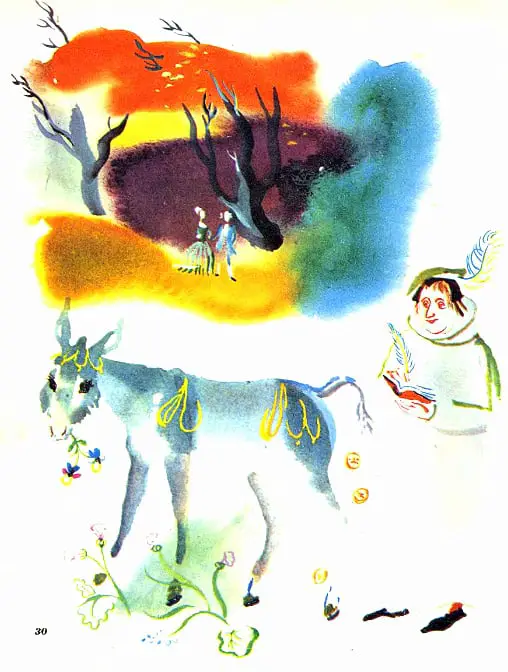
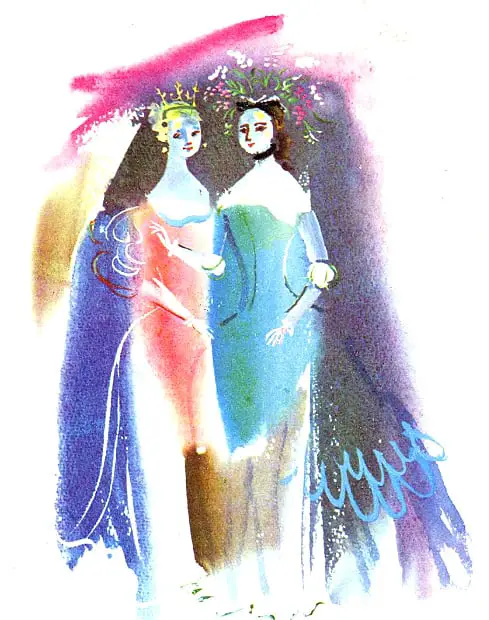
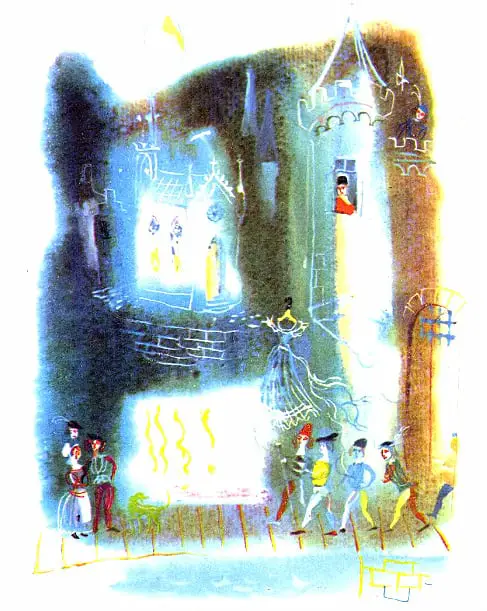
Header illustration is by Alexey Reypolsky
